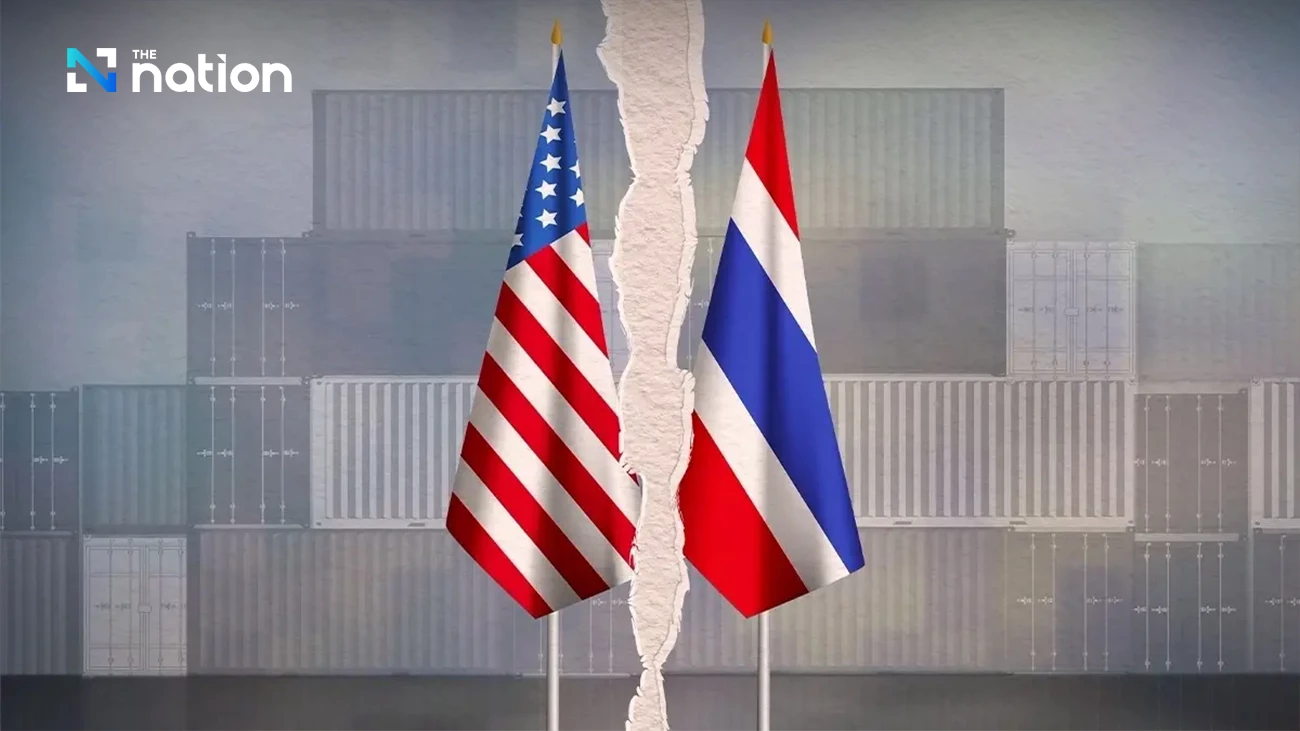Even if the final tariff on Thai products ends up slightly higher — for example, around 20%, as in Vietnam’s case — it will not be the sole factor in determining the overall economic impact. The effects must be considered in the context of Malaysia, Indonesia, and Thailand’s collective tariff rates, with several assumptions still needing further review.
If, however, the US maintains the previously announced 36% tariff on Thailand, and applies similar rates to other countries, NESDC projects that Thailand’s GDP could still grow by 2.3%. Recently, Vietnam’s proposed tariff was reduced from 46% to 20%, while results for Malaysia, Indonesia, and Thailand remain pending.
Due to these uncertainties, a full GDP projection is being recalculated, Danucha said.
Despite these trade tensions, Thailand’s overall economy performed well in the first five months of 2025. Private investment continues to grow, and foreign tourist arrivals remain steady, even though arrivals from China are still below expectations. Increased tourist spending compared to the previous year remains a key driver of economic momentum.
The impact of the US tariff negotiations on exports will be reassessed once final decisions are announced, he said.
